Did you know that Oxytocin is linked to one's attachment style?
[This article was written by Susan Kuchinskas in The Science of Love on August 27th 2009.]
One of the cool things about neuroscience is that its validating some theories of psychology and even psychoanalysis.
When I wrote The Chemistry of Connection in 2007 and 2008, I made some leaps, tying together psychology and sociology, which are based on observation, with animal studies showing that mothering helps determine the distribution and sensitivity of oxytocin receptors in the brain. For one thing, I tied the oxytocin response -- the release of oxytocin in the brain in response to positive social interactions -- to attachment styles.
A new study from Baylor College of Medicine validates this link.
The study led by Lane Strathearn, an assistant professor of developmental pediatrics at Baylor, found that "the sight of their infants' smiles and tears lights up the brain reward
centers of mothers who have a secure attachment to their own parent(s)," according to an article on the Baylor School of Medicine website. The study will be published in the latest issue of Neuropsychopharmacology.
The researchers interviewed expectant mothers in the third trimester of pregnancy to determine each woman's attachment style. They monitored the women for 14 months after the babies were born, drawing blood to measure oxytocin levels and performing fMRIs to watch how their brains responded to photos of their own babies and stranger infants. They drew blood to measure oxytocin before, during and after the mothers played with their babies. The reward centers of women with secure attachment styles were more active than those with poor attachment styles.
The scans showed that seeing photos of their infants caused the brains of securely attached mothers to light up more (indicating greater activity) in the brain's reward centers than did the brains of the less securely attached mothers; in other words, they enjoyed their babies more. The secure women also released more oxytocin. Because oxytocin is the neurochemical of love, connection and bonding, we can infer that these mothers' bond was stronger.
In the 1950s, John Bowlby and Mary Ainsworth developed the concept of attachment styles by observing the way babies reacted to being separated from their mothers. Securely attached babies had a strong bond, but were confident that their mothers would return soon to take care of them. Anxiously attached babies were worried that their mothers wouldn't be available so they couldn't relax even when she was present. And dismissive babies had coped with cold or distant mothers by giving up and trying to fend for themselves emotionally. These styles, learned as babies, seem to hold true for us as adults. Psychologists have expanded and modified these basic styles in various ways. You can take a version of the attachment style test here.
Let's put that together with work by Kelly Lambert and Craig Kinsley, showing that the amount of nurturing baby mice received from their mothers determined the placement of oxytocin receptors in their brains -- as well as how well they would nurture their own babies when they matured.
I posited here on Scientific Blogging, on Hug the Monkey, and in my book, that the attachment styles are reflective of brain development, specifically, of the oxytocin response. These "styles" actually reflect the workings of the brain itself. Strathearn's study is, to my knowledge, the first scientific research tying together attachment styles and the oxytocin response.
However, Craig Kinsley has proposed using the oxytocin response to identify women who might need a little boost to their mothering impulses. Yes, that could lead to the scary situation of rating women for their mothering ability. But, when we acknowledge how critical mothering is to our ability to love, it's scarier not to.
Go to the original article here written by Susan Kuchinskas . Susan Kuchinskas is a journalist and author who writes about science, technology and culture.


